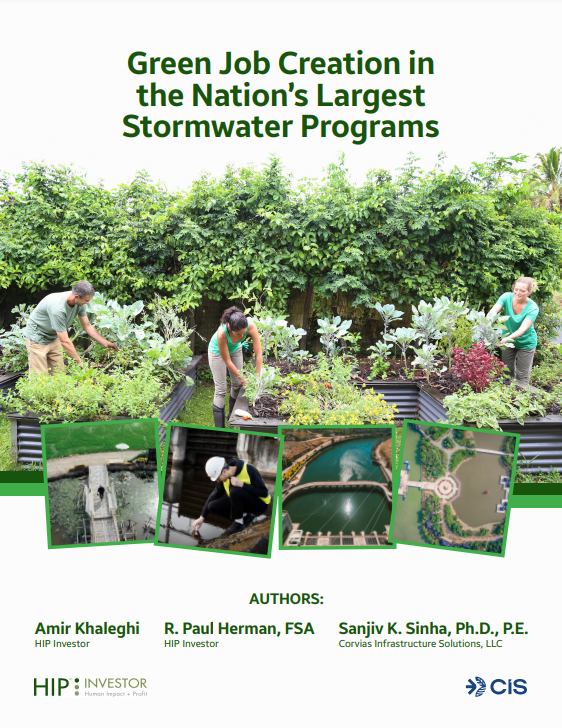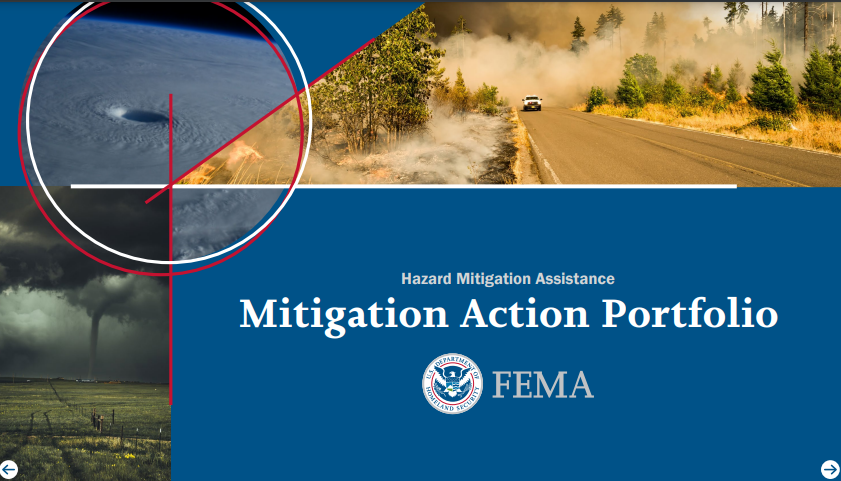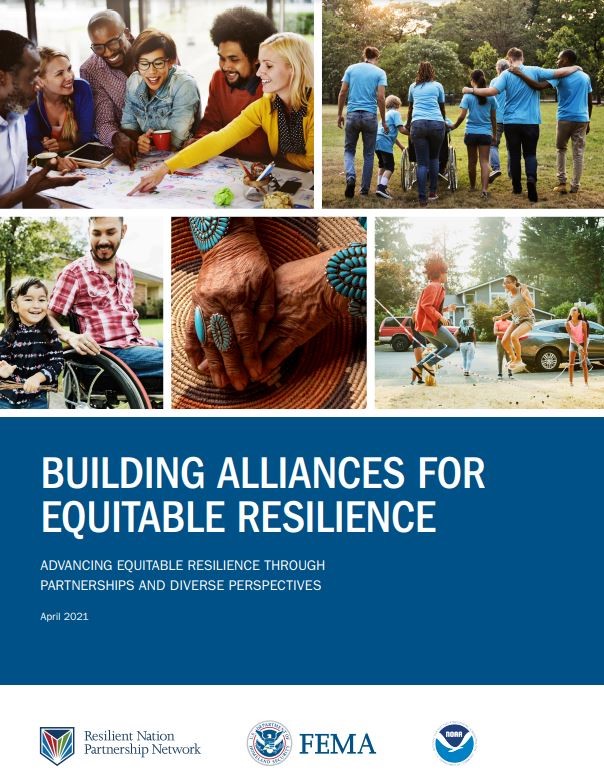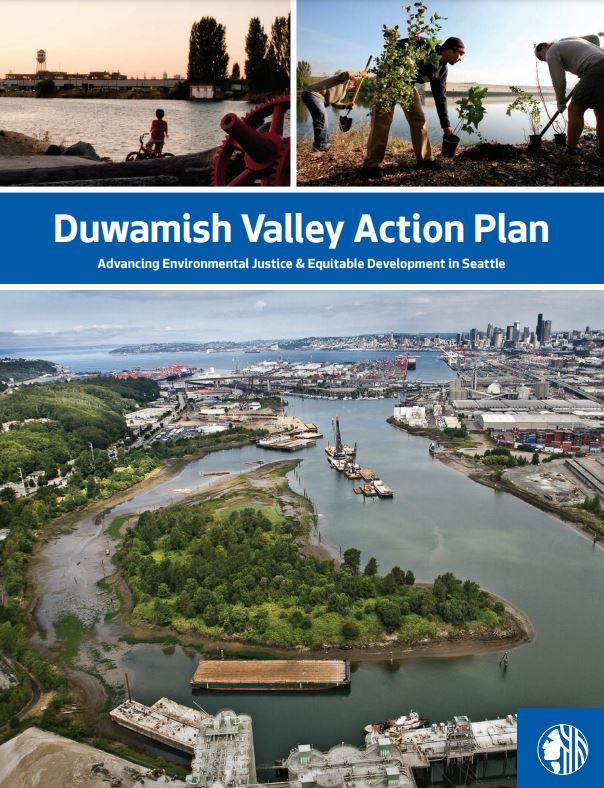report
January 3, 2024
Green Job Creation in the Nation’s Largest Stormwater Programs outlines the importance of the funding from the Bipartisan Infrastructure Law (BIL) and Inflation Reduction Act (IRA) for green infrastructure and green job creation.
March 29, 2023
Concerned about air quality in south-central Seattle’s Duwamish Valley, community leaders collaborated with USDA Forest Service Pacific Northwest (PNW) Research Station to implement a study similar to one in Portland, Oregon, in 2015 that found that urban tree moss indicated the presence of airborne toxic metals. Together, PNW Research Station scientists and community leaders designed a study that not only collected moss samples from this heavily polluted area but also engaged 55 community members, including 25 members of the Duwamish Valley Youth Corps, to do so.
January 5, 2023
The State Revolving Fund (SRF) Advocacy Toolkit, created in partnership between River Network and Clean Water For All, was developed to support state and local advocates interested in water infrastructure investment who are seeking to better understand the State Revolving Fund (SRF) process.
October 17, 2022
“This portfolio showcases mitigation projects to provide practitioners with examples of activities that integrate the Investment Strategy’s goals and reflect the guiding principles of the Disaster Recovery Reform Act of […]
August 12, 2022
The 2020 Resiliency Framework from the Colorado Resiliency Office highlights cross-sector work as an important component to implementing equitable resilience. The framework also highlights priorities and action steps to achieve […]
December 8, 2021
Using community-based research, West Street Recovery published the report Survivors as Experts: A Community Evaluation of Disaster Recovery in Northeast Houston to “identify and analyze the barriers to recovery from […]
November 2, 2021
Building Alliances for Equitable Resilience was developed by the Resilient Nation Partnership Network to deliver insights and perspectives to achieving a more resilient nation. The report includes Partner Perspectives on […]
September 22, 2021
The report provides information about how six climate change impacts–(1) air quality and health, (2) extreme temperature and health, (3) extreme temperature and labor, (4) coastal flooding and traffic, (5) […]
September 22, 2021
The report provides an Urban Forest and Health Menu that compiles nature-based adaptation actions from peer-reviewed research. The menu includes nine adaptation strategies that are designed to be used […]
July 16, 2021
The City of Seattle, in cooperation with community partners, the Duwamish Valley Action Plan: Advancing Environmental Justice & Equitable Development in Seattle. Priority areas include: Healthy Environment, Parks and Open […]










